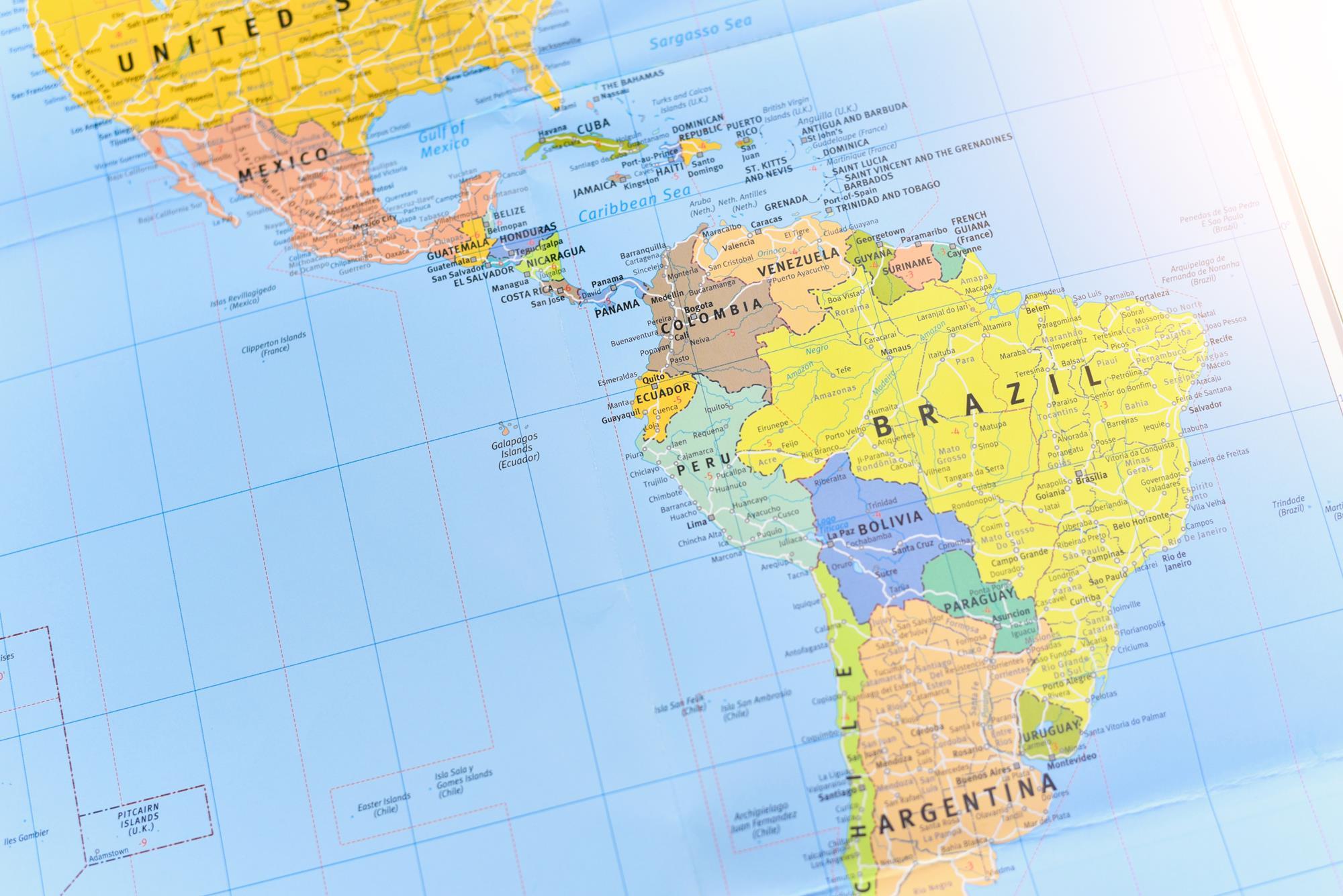Recent growth dynamics seem to have become inextricably interlinked with those abroad. Simulating the weight of external drivers in the country’s performance, including oil prices, perception of risks towards emerging markets, demand for supplies and global GDP growth, there is a a strong correlation with the country’s own domestic performance of around three quarters of total GDP performance since 2000.
Good News: The world economy seems to be supportive, with growth forecasts being revised up across the board, the prospect of very gradual monetary normalization, and low risk aversion. Oil prices, while well below the USD 80-100/bbl range, are not expected by our oil team to plunge from current levels. “Besides, a solid policy framework has allowed the country to adjust better than most other commodity-driven peers, in our view,” Florencia Vazquez, a Buenos Aires-based economist with BNP Paris Securities wrote in a note to clients.
Bad News: This alone is unlikely to return domestic growth to the growth prints seen during the 2000s. In fact, its reliance on the global economy makes Colombia’s economy particularly susceptible to external shocks, which are magnified by a high dependency on external borrowing.
Oil prices could also lose existing support if global production rises enough, demand falls – or both. Moreover, domestic production has been falling, with few new discoveries being made in recent years, and new investments could be hindered by uncertainty arising from local referendums. This is cause for concern, especially as Colombia is estimated to have only around 5 years left of proven crude reserves, according to the Minister of Mines and Energy.
In addition, explains Vazquez, while domestic consumption has decelerated markedly recently, the current account has not improved as initially projected, with the shortfall expected to remain near 3.5% this year and next. Besides, growth numbers in H1 2017 were partly supported by stronger public investments, which should fall in coming years, judging by the country’s fiscal rule. Monetary stimulus – which is projected to be increased in 2018 with the rate reaching 4.0% – has a limited effect, in our estimates.
BNP Paribas suggests that 2018 should show real GDP growth numbers around 2.5% y/y, below the policymakers’ aim.
“Overall, we think sustainable growth above 3% levels in Colombia will require diversifying away from commodities, not additional fiscal or monetary policy stimulus that officials have been clinging to – as seen in the surprising 25bp rate cut by BanRep in October.”








